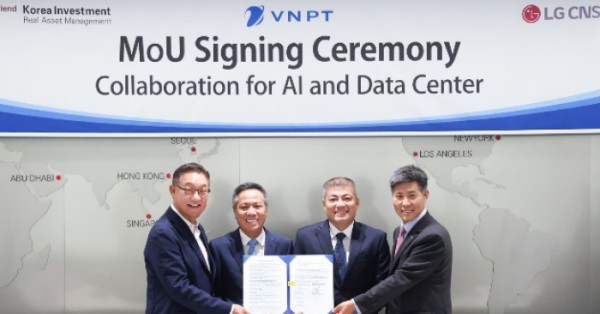Proximus and Howest signed a Memorandum of Understanding (MoU) for the creation of a 5G lab on the Howest campus of Kortrijk. In the course of the next academic year, companies from various sectors will be able to discover the possibilities of 5G for their business and develop new applications, in collaboration with Howest students and under the guidance of Proximus experts.
MPN solution to be operational from the next academic year
Concretely, in a first phase Proximus will roll out a Mobile Private Network solution (MPN), equipping several spaces on the Howest campus with indoor 5G connectivity. The platform should be up and running in the course of the 2022-2023 academic year. Interested companies will then be able to rent test space and receive the support they need to set up their test facilities. Depending on their preference, they will work alone or with Howest students to develop innovative 5G applications relevant to their business.
This should enable the development of innovative use cases where a combination of cutting-edge technologies is required. One could think, for example, of the multitude of possible applications – for manufacturing, logistics, transport, etc – offered by autonomous robot site surveillance, where remotely operated robots detect, monitor and inspect from a distance a specific premise or area of a company. The 5G lab at the Howest premises offers the ideal environment to bring together expertise and technology for enterprises from various sectors to build and test similar or other use cases.
Proximus will offer demos, training and technical support throughout the process. Howest and its partners will be able to draw on Proximus’ solid expertise in technology, devices, network services, connectivity, ICT, system integration and digitalization.
New step in a logical collaboration of like-minded partners
The envisaged creation of a 5G lab heralds a new phase in the long-standing collaboration between Proximus and Howest. Over the years, a strong partnership has already been established in the field of cybersecurity. This includes the organization of cyber security events for students and the exchange of experiences in the framework of the Cyber Security Coalition, a collaboration platform that brings together cybersecurity experts from the private, public and academic sectors.
The close ties with Howest are also logical in light of the strategic priority for Proximus to boost the digitalization of our education system: Howest is widely regarded as one of the most progressive educational institutions in this field. Giving students and researchers the opportunity to gain experience in new technological fields is essential to preparing our upcoming graduates for the future. With this collaboration, Proximus and Howest aim to become pioneers in this field.
Anne-Sophie Lotgering, Enterprise Market Lead said, “I am delighted to officially announce the next steps in our strategic partnership with Howest. Together we will create a state-of-the-art 5G Lab, equipped with our 5G MPN technology, that will support various educational programs and allow students to discover, test and build new use cases, with complementary technologies such as IoT, artificial intelligence, virtual reality, EDGE-computing etc. The equipment and innovative environment we will offer in our 5G lab is also strongly demanded by companies across different industries, eager to experiment with real use cases.”

































